Sony WH-1000XM4 vs. WH-1000XM3: Which noise-cancelling headphones win?
The Sony WH-1000XM4 is the best noise-cancelling headphones set, but is it that much of an upgrade from the WH-1000XM3?
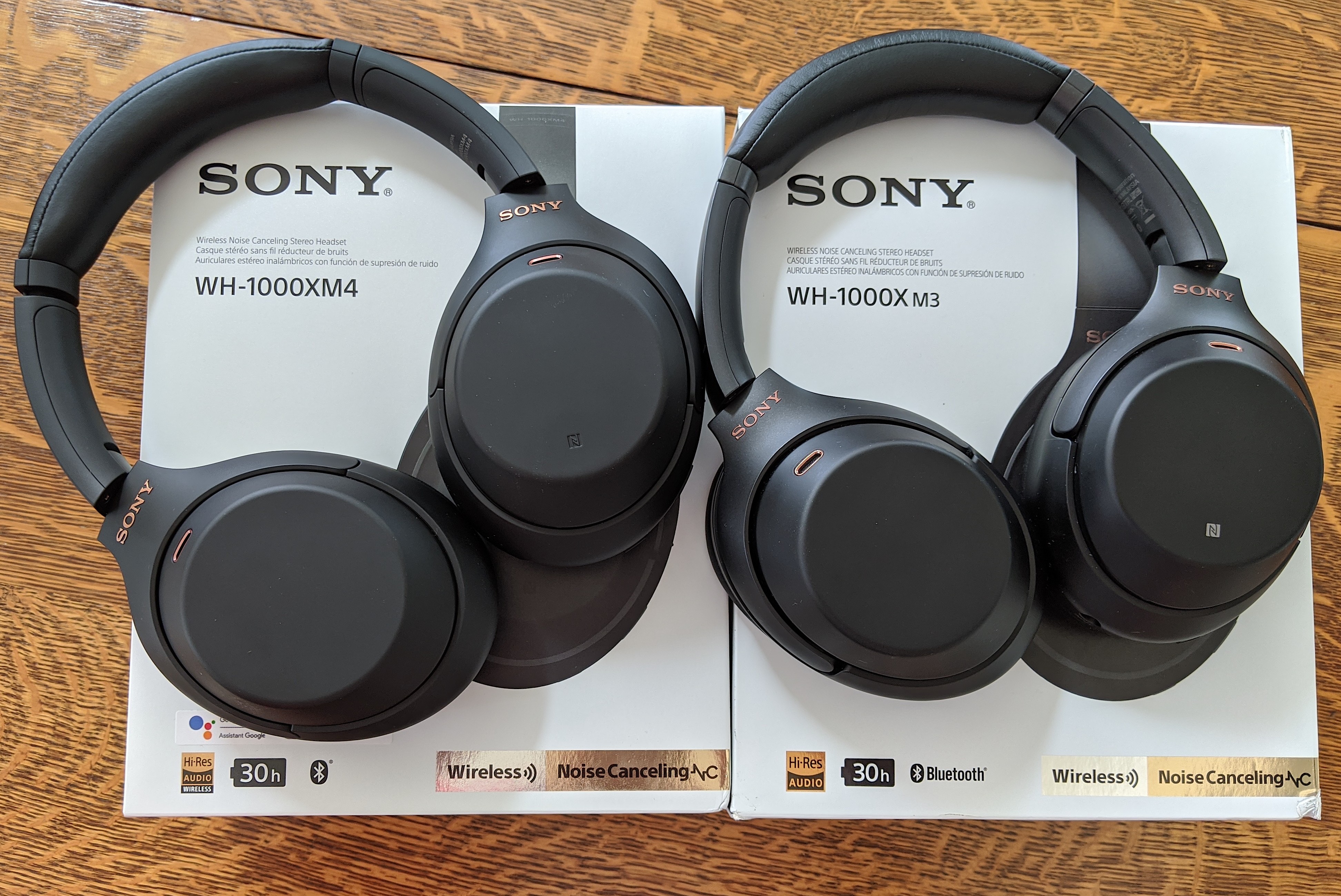
The Sony WH-1000XM4 sits atop our list of the best noise-cancelling headphones for good reason. It’s the complete package, combining effective active noise cancellation (ANC) with top-quality sound, a comfortable design and long battery life.
Is it, however, enough of a step up from the Sony WH-1000XM3? This, too, was perched among the best ANC headphone money can buy, and you can still pick up a pair for a lower price today. Is that a wiser course of action than buying the newer model, even the limited edition WH-1000XM4 Silent White model?
- Everything you need to know about the Sony WF-1000XM4 wireless earbuds
- Check out more of the best headphones overall
- Just in: Prime Day headphones deal: Sony WH-1000XM4 just hit lowest ever price
This WH-1000XM4 vs. WH-1000XM3 face-off breaks down all of the significant changes and hallmarks of Sony’s flagship headphone lineup. We tested the two models over the span of three weeks to determine whether the WH-1000XM4 is a massive upgrade from its predecessor, and if it’s worth spending the extra cash.
Sony WH-1000XM4 vs. Sony WH-1000XM3 specs
| Header Cell - Column 0 | Sony WH-1000xM4 | Sony WH-1000XM3 |
|---|---|---|
| Price | $349 (currently $284) | $349 (currently $199) |
| Colors | Black, Silver (White from May 2021) | Black, Silver |
| Battery life (rated) | 30 hours (ANC on), 38 hours (ANC off) | 30 hours (ANC on), 38 hours (ANC off) |
| Size | 9.9 x 7.3 x 3 inches | 10.4 x 7.3 x 2.9 inches |
| Weight | 9 ounces | 9 ounces |
| Processor | QN1 | QN1 |
| Special features | Active noise cancellation, adjustable ambient listening, smart controls, tri-digital assistant support, multipoint technology, Speak-To-Chat functionality, customizable EQ, NFC, High-res Audio support, Sony 360 Reality Audio | Active noise cancellation, adjustable ambient listening, smart controls, tri-digital assistant support, customizable EQ, NFC, High-res Audio support, Sony 360 Reality Audio |
Sony WH-1000XM4 vs. WH-1000XM3: Price and value
Both the Sony WH-1000xM4 and WH-1000xM3 technically have the same MSRP of $349. But the WH-1000XM3 is now seeing far deeper discounts. At the time of writing, you can grab a pair for just $199 from Walmart.
If you're in a position to splurge, then spending extra on the WH-1000XM4 is the best investment you can make on noise-cancelling headphones. On affordability alone, however, the WH-1000XM3 has a clear advantage.
Winner: Sony WH-1000XM3
Sony WH-1000XM4 vs. WH-1000XM3: Design
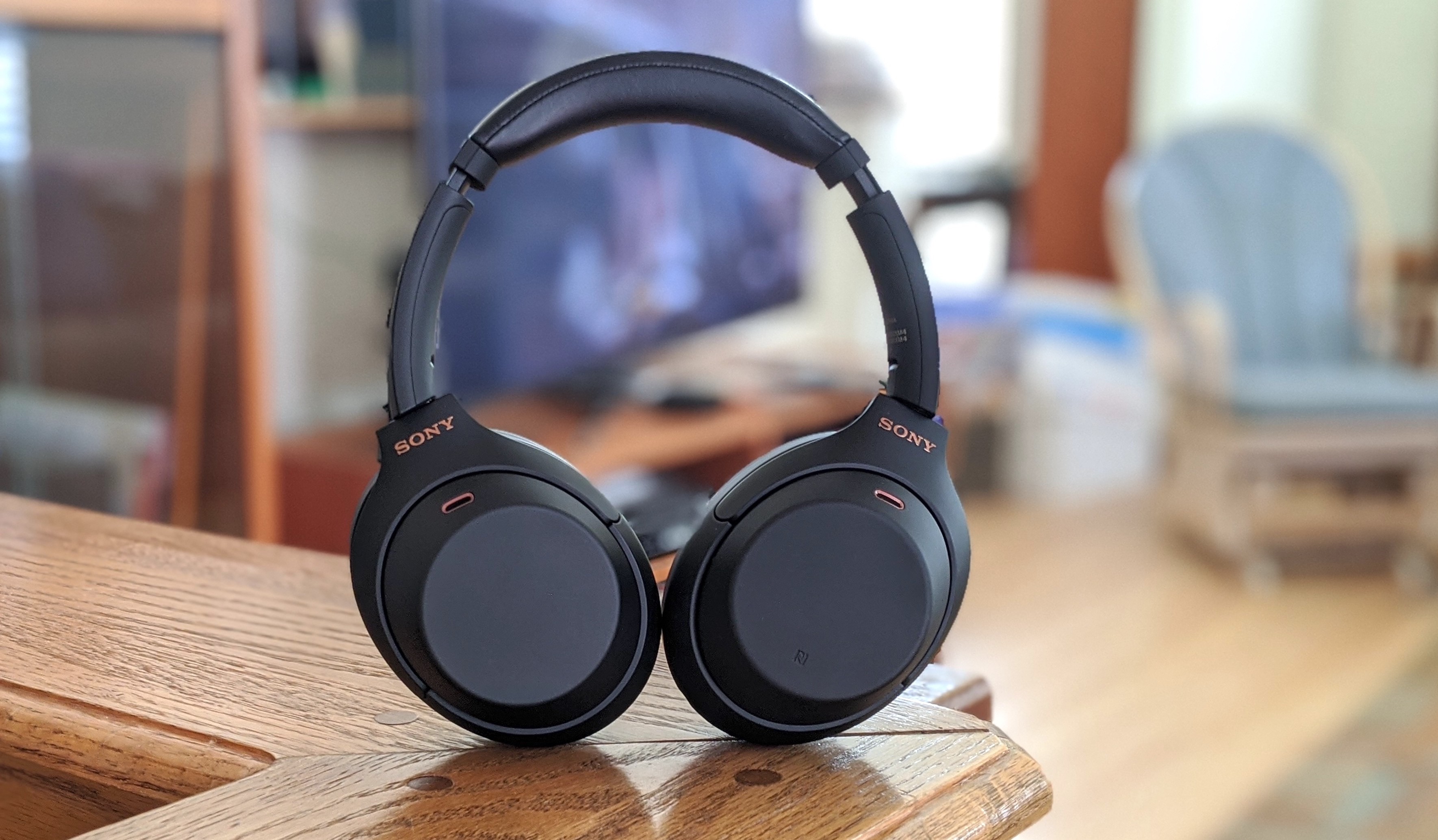
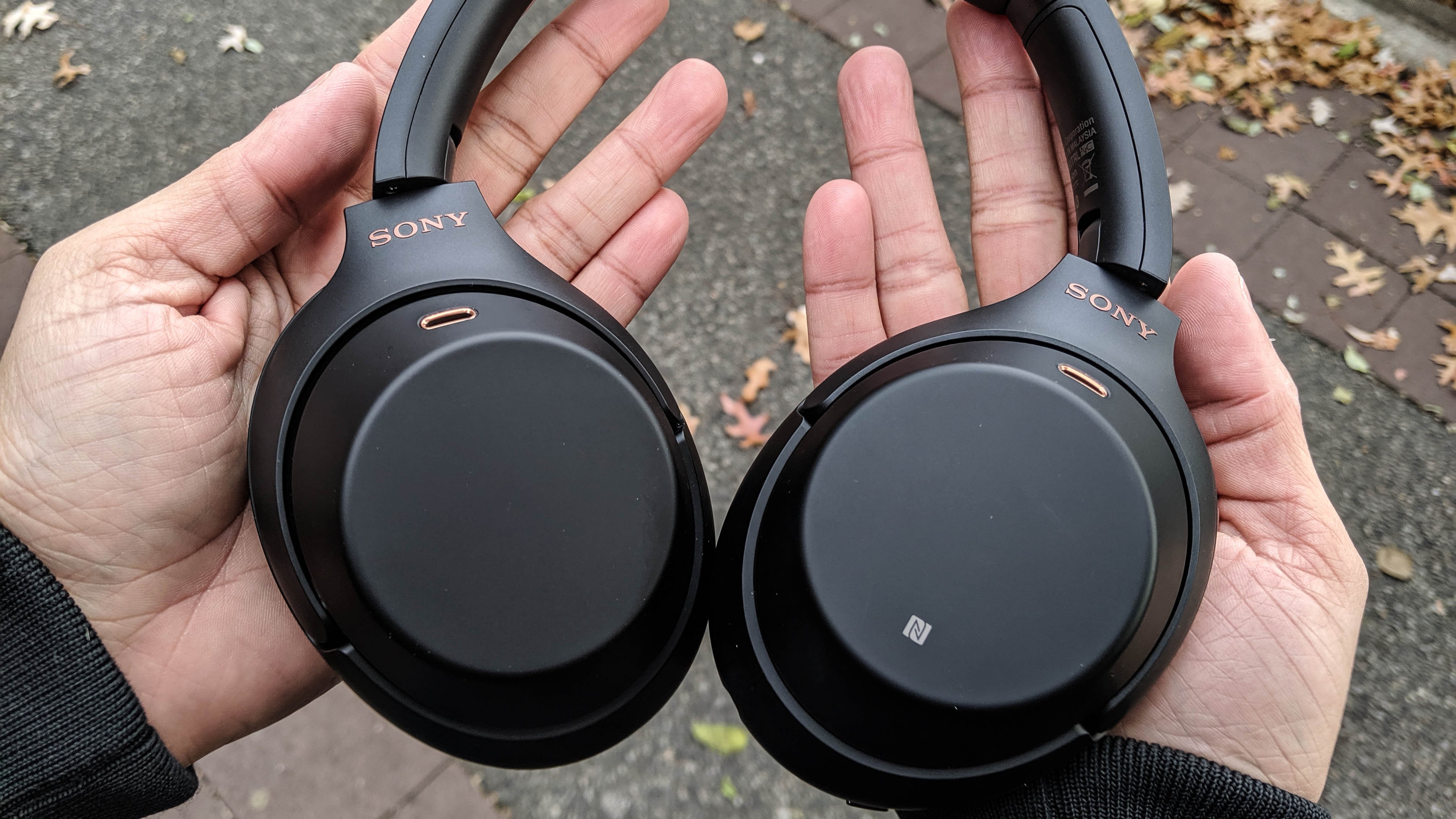
Place these two headphones right next to each other — with or without the box — and you’re likely to mistake one for the other. But when worn and felt in hand, you’ll see the Mark series design has been slightly enhanced on the WH-1000XM4, while maintaining the original’s sophisticated silhouette.
Get instant access to breaking news, the hottest reviews, great deals and helpful tips.
Solid materials make up the latest version, from the durable aluminum extenders to the refined leather on the headband and earpads that provide cozy comfort for all-day listening. Sony claims it redesigned the WH-1000XM4’s ear cups to provide 10% greater surface for more contact with the head. The extra room adds another layer of comfort, while offering more ventilation to prevent moisture buildup.
Some of you will notice the difference in texture on the ear cups, which was more plasticky on the WH-1000XM3 compared to the soft-touch rubber finish on the WH-1000XM4 that also staves off scratches and scuffs better. Small details like the copper accents, embossed Sony logos, and laser-etched model number above each extender are elegant touches as well.
These two headphones are a bit on the hefty side at roughly 9 ounces, though neither really feels like it when worn on the head or around the neck. I would recommend limiting listening times to about 3 hours before fatigue starts setting in.
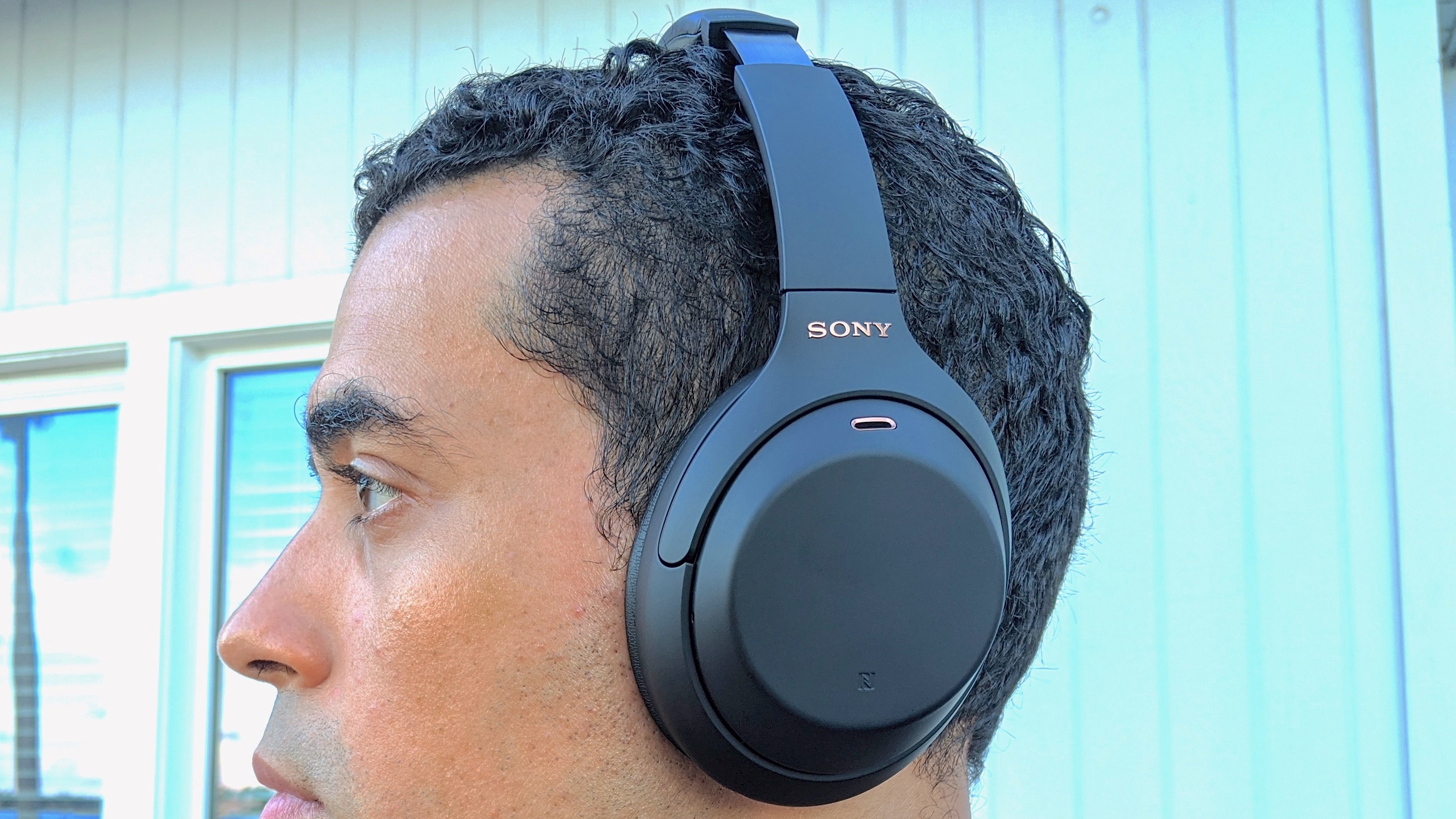
Fit is marginally better on the WH-1000XM4, which can be attributed to the slimmer headband. It applies less pressure to the skull and ears, plus the padding is gentler on the skin, though it’s barely noticeable when compared to the WH-1000XM3.
Winner: Sony WH-1000XM4
Sony WH-1000XM4 vs. WH-1000XM3: Smart controls
One of the WH-1000XM3’s biggest strengths was its smart controls. The WH-1000XM4 adds more intelligibility into the mix, while retaining the smooth-operating functions of the previous version.
Each model has highly intuitive touch panels that accept swipe, slide, and tap gestures for seamless playback and call management. Competitors like the Bose 700 have copied this feature, but haven’t done it as well as the Mark series. Quick Attention returns as well, letting you pause music by placing your hand over the right earcup. I detected some slight latency when enabling it on the WH-1000XM3 versus the WH-1000XM4.
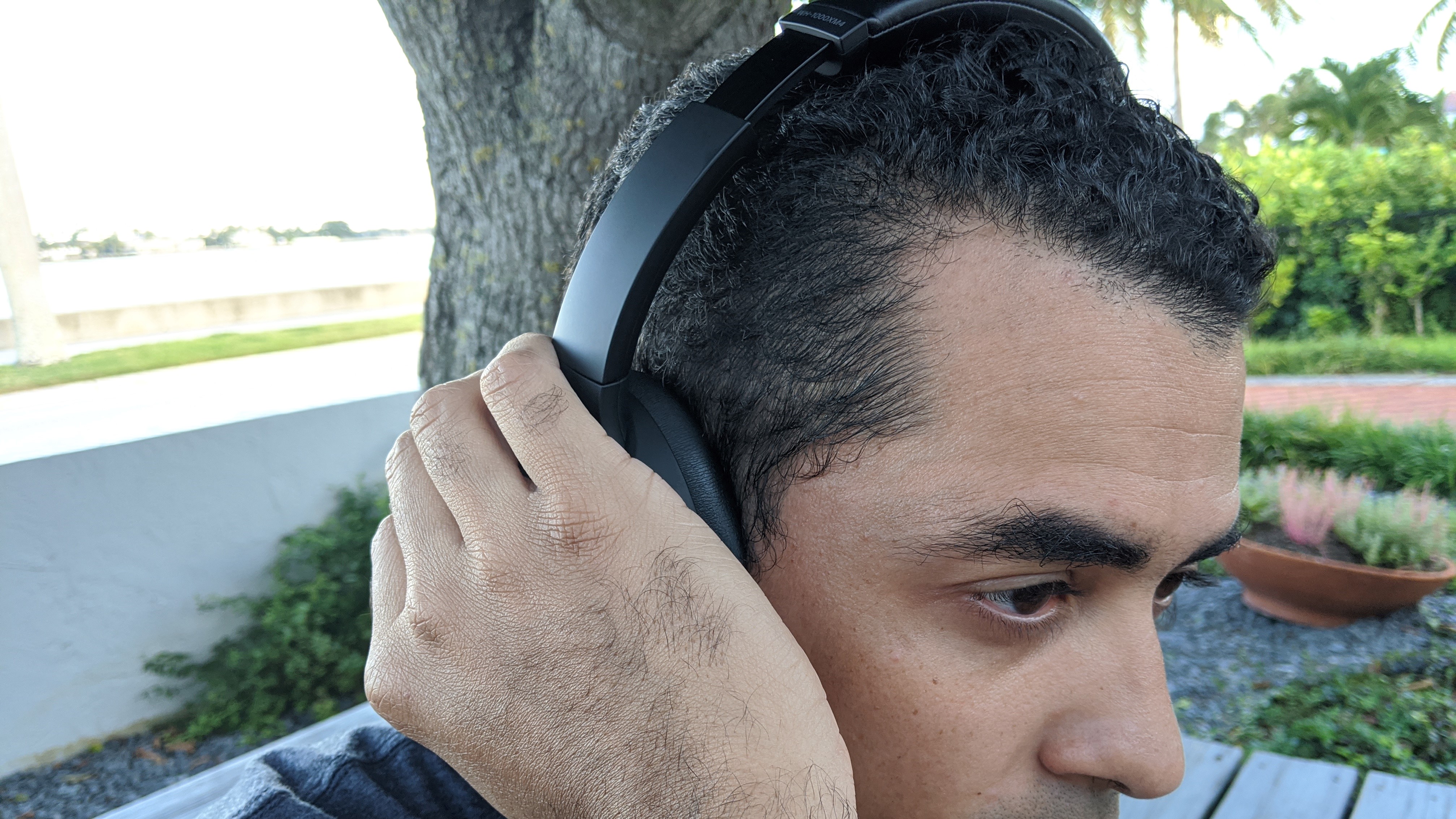
The WH-1000XM4 has a couple of unique advantages. The first is on-ear detection. Internal motion sensors allow you to automatically pause music when taking off the headphones and resume play when placing them back on your head. It’s accurate and highly responsive to motion.
Another unique function on the WH-1000XM4 is Speak-to-Chat, which also pauses music whenever you speak. It uses the built-in mics and advanced signal processing to recognize your voice and immediately stop playback. It works a lot better than you might think and demonstrates great speech recognition.

These two models also support the big three assistants: Alexa, Google Assistant, and Siri. You won’t have issues calling on any of these digital assistants to execute common tasks (e.g. create calendar invites, open emails, speech-to-text) since the mics pick up vocals well and register commands quickly.
Winner: Sony WH-1000XM4
Sony WH-1000XM4 vs. WH-1000XM3: Active noise cancellation
Based on testing, I could barely tell the difference in noise neutralization between the two models. What I do know is that the WH-1000XM4 and WH-1000XM3 are equally excellent for minimizing ambient noise at the highest level.
The monstrous duo of Sony’s Dual Noise Sensor technology and HD Noise Cancelling Processor QN1 are legit, enhancing ANC and audio processing to enjoy music distraction-free.
Each set of headphones can handle different frequencies across the audio spectrum, so you’ll be able to block out everything from cat meows to crying babies, airplane engines to police sirens. Any perceptible noises you hear will sound like background effects on songs. And even when dealing with numerous high-frequency sounds at once (e.g. picture walking through a construction site), it isn’t distracting enough to pull you away from the music.

Sony also programmed its own Ambient Sound mode into the two sets of headphones and has 20 levels that can be adjusted in the Sony Headphones app. However, it seems like more of a consolation prize when compared to the Bose 700’s 10 levels of active noise cancellation, but with the feature being more common these days, it’s an underrated bonus that works very well to keep tabs on what is happening around you.
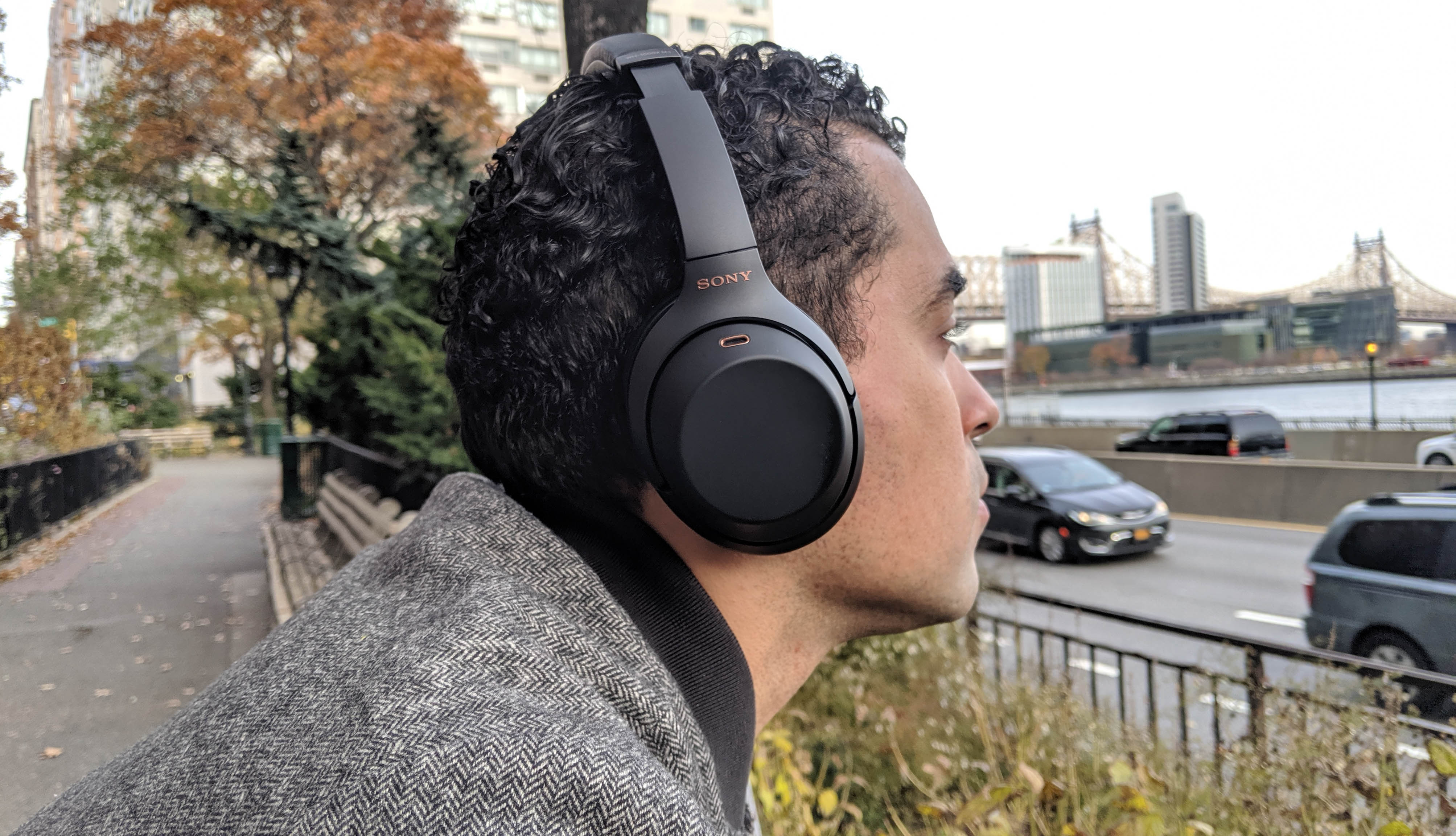
The difference in ANC between the two models is imperceptible, though I felt it was slightly stronger on the WH-1000XM4. I turned on Ambient Sound in my co-occupied office with my fiancée sitting several feet away and could hear everything she was chatting about during her Zoom calls.
Winner: Sony WH-1000XM4
Sony WH-1000XM4 vs. WH-1000XM3: Audio quality
If loud, clear, and energetic sound is your desire, then these two headphones are right up your alley. True audiophiles or those with fine-tuned hearing may pick up on the tiniest enhancements in audio quality, but the WH-1000XM4 and WH-1000XM3 have the same hardware underneath their hoods to pump out dynamic, head-pulsating sonics.
Sony’s 40mm dome type drivers and QN1 chip are the driving forces behind the two concurrent Mark models. You can expect a wide soundstage with amazing detail and depth, along with bass that doesn’t hold back, nor damage your hearing. Sony has done a stellar job balancing sound on both headphones, providing plenty of boom and room to hear subtle nuances in complex records. Having ANC mode enabled doesn’t hinder performance either, with mids and highs still sounding crisp.

The bass levels are slightly raised on the WH-1000XM4, which you’ll notice most on hip-hop songs; kicks and snares have more oomph to them. Jumping into more melodic genres like Classical and Jazz, performance is similar between the two over-ear headphones. You can feel the impact and hear the distinction in certain instruments, resulting in accurate reproduction.
Listening in wired mode is just as rewarding. Sony includes a headphone cable with purchase; it’s the same cable no matter which headphone you choose. Plugging it into any compatible audio source will slightly increase the bass and volume levels.
Winner: Sony WH-1000XM4
Sony WH-1000XM4 vs. WH-1000XM3: App and special features
Most of the features on the Sony Headphones Connect app are available on either set of cans, but the WH-1000xM4 has access to a few new ones. You still get a customizable EQ with 9 different (and well-engineered) music presets, 3D Reality Audio support, adjustable ambient levels, Adaptive Sound Control, NC Optimizer to modify noise cancellation, Sound Position Control to emphasize sound in different positions, and toggle controls.

What’s new? Aside from the aforementioned features (e.g. Speak-to-Chat, NC Optimizer), and multipoint technology (more on that in the connectivity section), nothing else. The mobile app remains easy to navigate and looks cleaner with the latest update. There’s also the possibility of extra features being added in the future via firmware updates, though Sony hasn’t confirmed whether this will apply to both models.
Winner: Sony WH-1000XM4
Sony WH-1000XM4 vs. WH-1000XM3: Battery life and charging
The beauty of the best Sony headphones is that they don’t short-change the listener on playtime. These two models are exemplary. At full charge, the WH-1000XM4 and WH-1000XM3 offer 30 hours with ANC on, which is really about 28.5 hours when factoring in loud volume, listening modes, heavy streaming and video calls. Turning off ANC gets you up to 38 hours. It’s also cool that you can use either pair of headphones in wired mode, with the listening modes activated.

That’s pretty impressive, especially since both models have different charging methods: micro-USB (WH-1000XM3) vs. Type-C (WH-1000XM4). It takes 3 hours to fully charge either pair. Quick charging is also rated the same. A 10-minute charge yields you 5 hours of playtime.
After three weeks of testing, there were no distinctions. Both models charged and sucked up juice at the same rate.
Winner: Tie
Sony WH-1000XM4 vs. WH-1000XM3: Call quality
Call quality is the one area the Mark series continues to struggle with most. Despite the WH-1000XM4 being a step in the right direction, Sony still needs to put more work in to create a great calling headset. Precise Voice Pickup makes voices sound louder and more audible, but not so crisp; whoever is on the other end will notice some muffling when you’re speaking. The headphones do work better for video calls, mainly indoors since the volume levels aren’t very high.
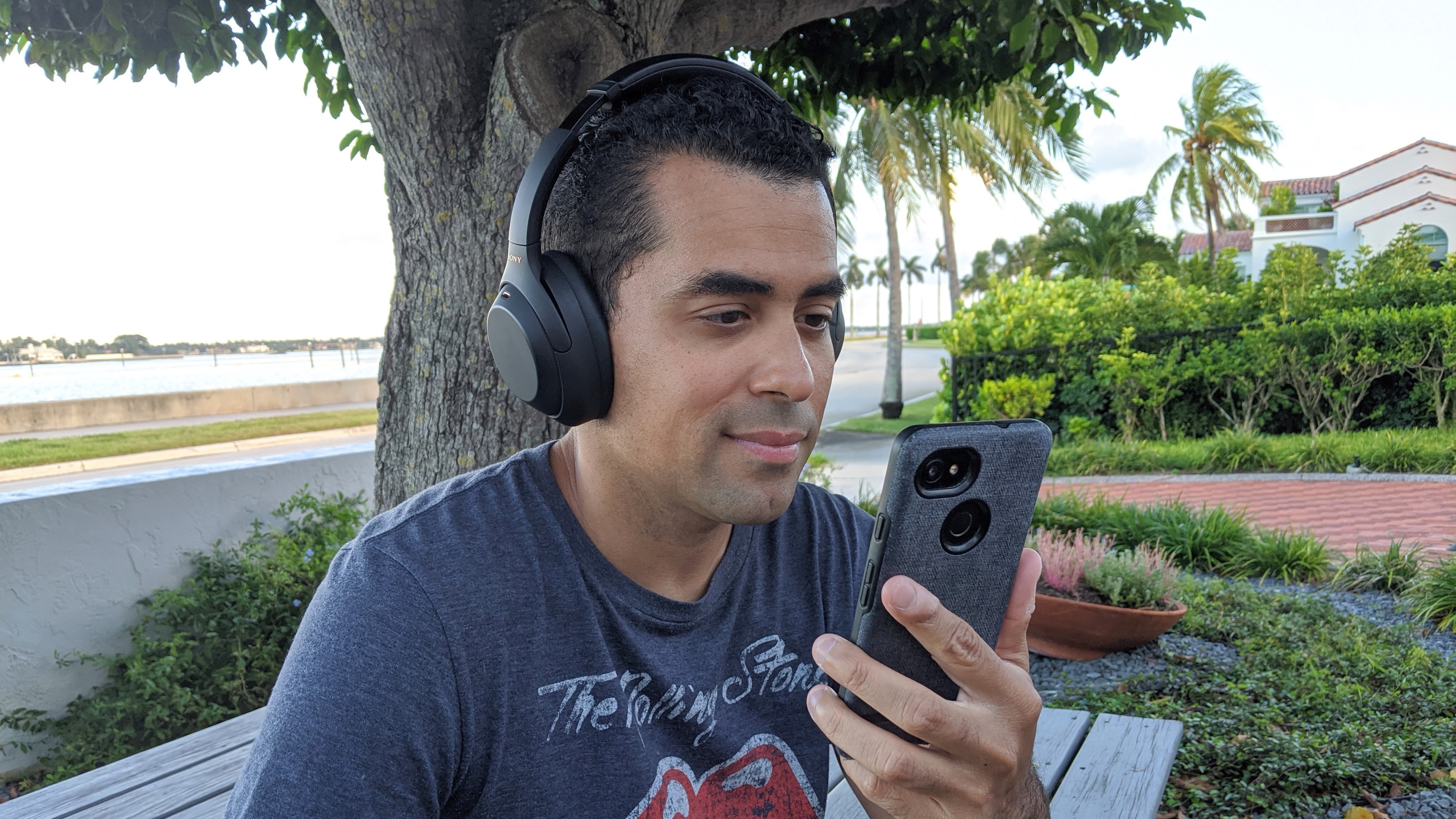
Avoid phone calls on the WH-1000XM3 due to these same issues, and poor wind resistance. The mics pick up breezes and any other sounds around you, creating an unbearable whooshing effect that is harsh on your ears. Even being in my office during a video chat with the rotating ceiling fan set at the lowest level created unwanted noise.
Winner: Sony WH-1000XM4
Sony WH-1000XM4 vs. WH-1000XM3: Connectivity
Sony stuffed an NFC chip into each model, letting you connect either headphone through a simple touch and pair process that requires placing the left earcup on the back of any compatible smartphone. It’s instantaneous, saves you a few steps, and will automatically turn on Bluetooth when disabled.
Being the newer model, the WH-1000XM4 benefits from having Bluetooth 5.0, while the WH-1000XM3 has Bluetooth 4.2. Interestingly enough, there is very little difference in wireless performance. You’re getting strong connectivity between devices and stable range (35 to 40 feet) to stream Spotify and take calls when roaming around the house.

But there is one deciding factor in this round: multipoint technology. It’s exclusive to the WH-1000XM4 and works very well. I loved being connected to my MacBook Pro and Google Pixel 3 XL simultaneously, while switching audio programs from one device to another without the headphones getting all buggy on me. It’s also great to see which devices you’re connected to directly on the Sony Headphones app.
Winner: Sony WH-1000XM4
Sony WH-1000XM4 vs. WH-1000XM3: Verdict
Granted, the changes made to the WH-1000XM4 are minimal, But they’re certainly beneficial to the overall experience, and worth the added expense if you’re seeking headphones that offer the best 1-2 punch for sound and noise cancelling.
Audio on the WH-1000XM4 is unmatched by any model in the category, producing dynamic and lively sound that lends itself perfectly to any music genre. Sony’s active noise cancellation, which gives Bose a run for its money, is also remarkable at silencing environmental fracas. But it’s the small upgrades that give the WH-1000XM4 a leg up over its older sibling, which includes the redesigned frame, multipoint connectivity, Precise Voice Pickup technology, and yes, the bearable call quality.
All that being said, the WH-1000XM3 shares many of the same hallmarks as the WH-1000XM4, at least on the ANC, battery life and sonic fronts. Scoring a pair for less than $250 should be a no-brainer. However, the incremental advancements Sony applied to its next-gen headphones, along with the likeliness of new features to come via firmware updates, make the WH-1000XM4 the more future-proof option and justify the higher price tag.
- More: Read our full Apple AirPods Max review
A lifestyle journalist with an affinity for consumer products, Alex has over a decade of experience and has worked with popular publications such as Complex, Thrillist, Men’s Health, Gear Patrol, AskMen, and Hoop Magazine. He currently focuses on audio, reviewing the most coveted headphones in the market for both Tom’s Guide and Laptop Magazine.

